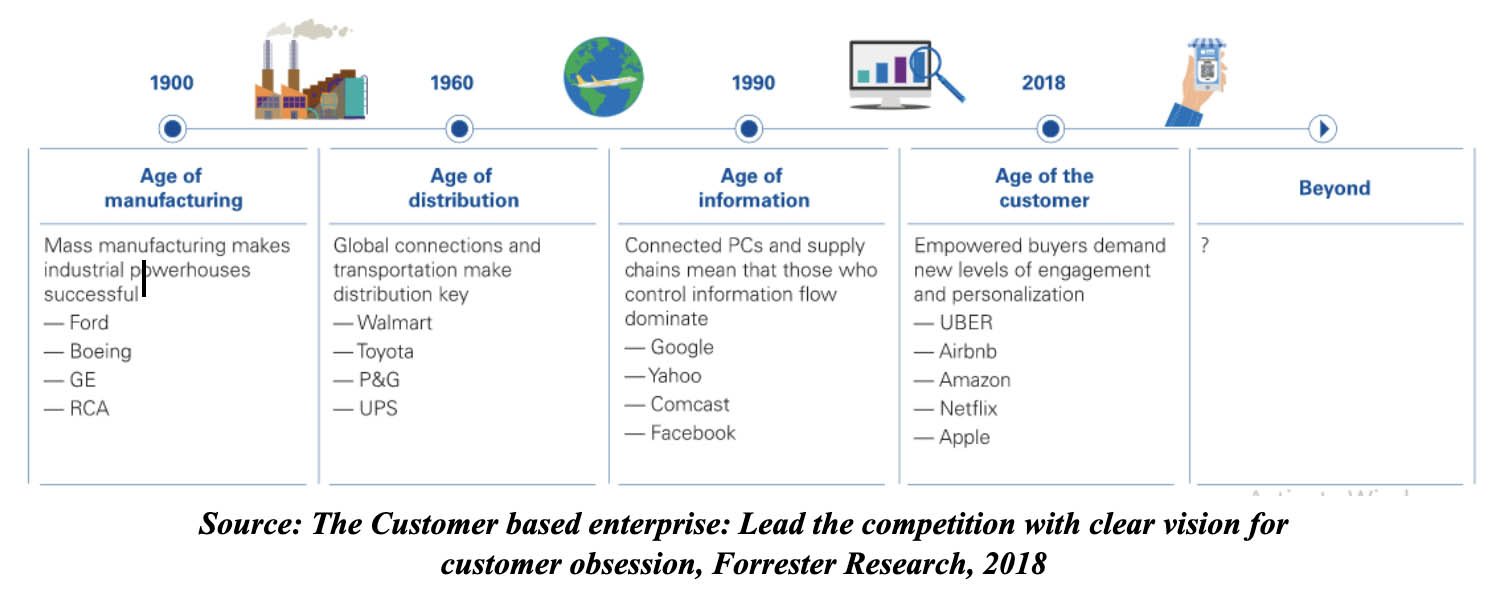Disruptive Education: The 21st Century Education Model
Major drivers of global change are reshaping the world in the 21st century and no institution will be completely immune. The fourth industrial revolution, a fusion of exponential technologies where silicon and carbon meet, will prove to be as profound as the previous industrial revolutions driven by steam, electricity and computing. The ability to transform will be critical for all education institutions to cultivate, so they can shape and respond to a changing world of education. Innovation is one of the watchwords of the 21st century and training must form part of this (r)evolution in order to bring it into line with the demands of an increasingly hyperactive and hyper connected world. In order to meet these challenges, technology is an essential ally when promoting a disruptive form of education that puts learning in a new light.
A disruption is a sudden break or interruption. Disruptive education is, therefore, that which intends to break with the established model to improve the existing one. And many experts think the change is both necessary and urgent because the current system is anachronistic, in other words it is still anchored in the last century and is failing to address the needs of the digital age.
The world is currently moving at lightning speed that requires curious, flexible and proactive people. This, in the case of education, cannot only apply to teachers and pupils, but also to institutions and universities. Historically, universities have moved slowly and had problems adapting themselves to changes, but they are currently going through a disruptive period marked by the following milestones.
| Practice over theory | Digital Innovation |
| Multidisciplinary Learning | Making Competitiveness a Priority |
| Closer links with the Job Market |
The educational disruptions are faster that is changing the entire eco-system of the education system, which can take every stakeholder in a common platform.
The National Education Policy 2020, unveiled by the Ministry of Human Resource Development, is revolutionary in every sense. While the policy focuses on multiple aspects, including the need for early childhood care, inclusive education and revamping of the current curriculum, an inherent thread that runs through the policy is the interplay of education and technology.
The ‘Age of the Customer’ demands personalized education. Finally, in this list of change drivers from which no one is immune is the era that Forrester Research calls the ‘age of the customer.’
It’s hard to overstate the impact that new technology has on our lives. Already, remote work has caused us to rethink ideas of the office as a strictly physical space. Soon enough, the same technological tools may change the face of education.
And I believe, it won’t be long before both students and parents begin to realize “learning doesn’t have to happen at a specific geographic location…nor does it have to happen in same-age cohorts who move at a fixed pace along a fixed path.” The educational environment of the future may allow students and parents far more freedom and flexibility in choosing their educational paths.

CA Gopala Krishna Bhat
Teacher | Author | Edupreneur
Founder, Trisha Group of Institutions
Joining Over 3,500+ Students Enjoying Education at Trisha now
Become part of Trisha to further your career

